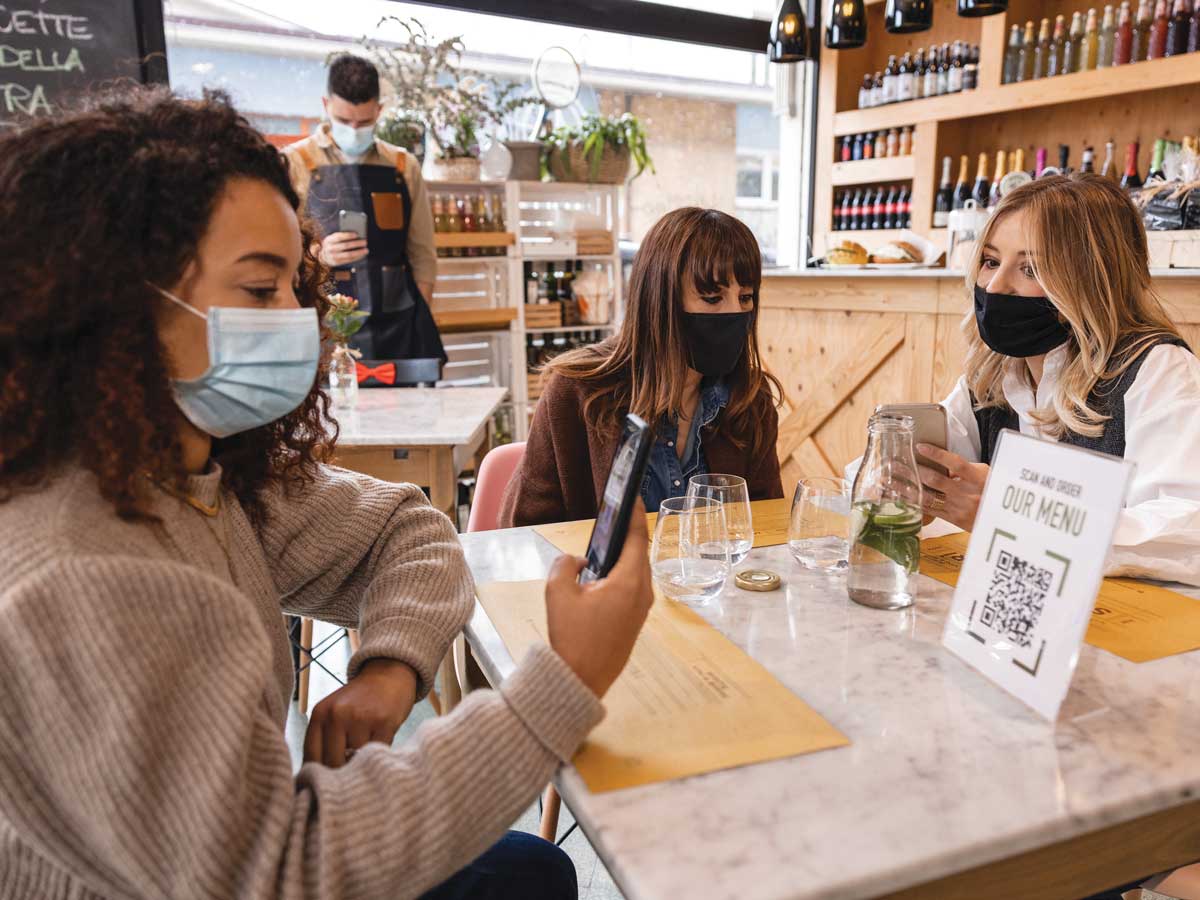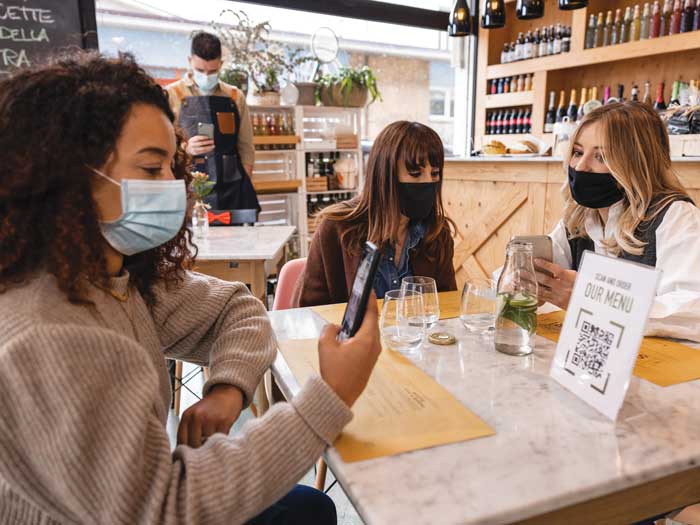
QR codes are not going away anytime soon, experts say
 The pandemic helped Canadians get over the unfamiliarity with QR codes (Photograph by iStock)
The pandemic helped Canadians get over the unfamiliarity with QR codes (Photograph by iStock)
When Diana Halder, EY Canada’s Payments and Commercial Banking leader, went out for dinner recently in Toronto, she was pleasantly surprised to see her bill come with a QR code on the bottom. “I was able to scan the QR code, and then it prompted me to select how I want to pay and the transaction went through. It was seamless."
It was simple for her, and easy for the server, who didn’t have to bring the point of sale device to the table or worry about it not getting a signal. When the table paid, it automatically told the server’s main software that the bill had cleared.
QR—which stands for “quick response”—codes have been around for decades, but have been largely a niche in North America. That all changed during the pandemic, as the electronic scanning technology replaced many paper items like menus, flyers, forms and, notably, vaccine passports. And now that consumers have gotten comfortable with the idea of using them, many believe we’re about to see their growth take off.
QR codes were rising in popularity in North America even before the pandemic, thanks to apps like Snapchat and other social media companies, says Yory Wurmser, a principal analyst for Insider Intelligence and co-author of a report on QR codes. But, he says, “the pandemic really exploded their growth,” as people tried to avoid touching surfaces and retail and food services turned to QR codes as a solution. Nearly half of respondents to a 2020 consumer survey by Payments Canada said that, thanks to the pandemic, they now prefer digital, contactless payment methods.
And, even though the initial panic over surface transmission of COVID-19 has waned with evidence that the virus is mainly transmitted through the air, Wurmser still predicts continued growth.
“Canadians learned how to use a QR code. And that was half the battle.”
That may catch us up to how they’re used elsewhere in the world. “In other countries, like China and India, QR code usage is very high. It’s almost the norm when it comes to exchanging money,” says Halder, explaining that in markets in India, for example, vendors will have QR codes printed on pieces of paper attached to stalls to accept payment.
The pandemic, says Halder, helped get us over the unfamiliarity that may have been holding us back. “[Canadians] learned how to use a QR code and interact with it,” she says, “and that was half the battle.”
Canadian consumers may have familiarized themselves with QR codes on menus or static websites, but they are already being utilized for much more. The cryptocurrency exchange platform Coinbase, for example, placed a QR code on-screen during its Super Bowl commercial and it garnered 20 million hits within a minute of the ad airing, crashing their website. Volkswagen partnered with Amazon to put a QR code on more than one million of its boxes that leads users to a virtual, augmented-reality test drive of its new vehicle.
More significantly, they are becoming a popular method of payment—either by taking a picture of a QR code that links to a payments app on your phone or by scanning consumers’ own QR codes by vendor payment devices.
Your QR code can be embedded with your shipping and payment information and, once scanned, your information gets passed to the merchant you’re buying from, which Halder says can be just as secure as traditional electronic transfers. “The beauty of the QR code is it allows you to send and receive much more information with the transaction, assuming consent,” explains Halder. “If the consent is provided, I can send information along with payment.”
There are still a few hurdles to overcome including buy-in from banks, mobile wallet creators and other major players in the e-commerce and information technology spaces. “QR codes will be successful when we have ubiquity. That’s when you start to see the real value,” Halder says, adding that Canada tends to be conservative when it comes to payment innovation.
There’s also a threat QR codes will be overtaken by other technology as a new frontier of digital and contactless services continue to be explored. Computer-vision technology, for example, is an evolving field that uses artificial intelligence to allow a computer to use information from what it’s seeing. “Deep in my heart, I still think QR codes are an intermediary technology,” says Wurmser. “I think at some point computer-vision technology is going to get so good that you might be able to launch these experiences without a specific QR code.”
That, he says, is still at least a few years down the line. In the meantime, Wurmser maintains, the widespread use and adoption of QR codes will continue to grow. “We saw 15 per cent growth last year [in the U.S.],” he says, “and, in our forecasts, we’re expecting 10 per cent growth by the end of this year, with pretty strong growth through 2025.”
THE RIPPLE EFFECT
Like the QR code, the popularity of grocery and food delivery services is another trend born out of the pandemic that is here to stay. Plus, what do we do about all the disposable masks piled up in the environment?